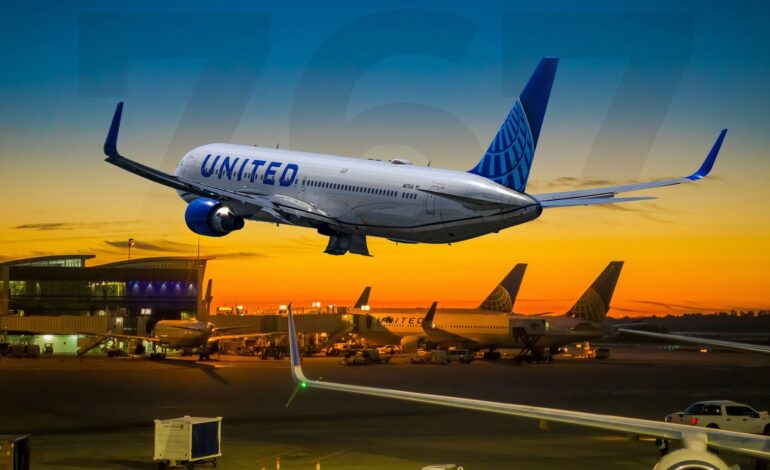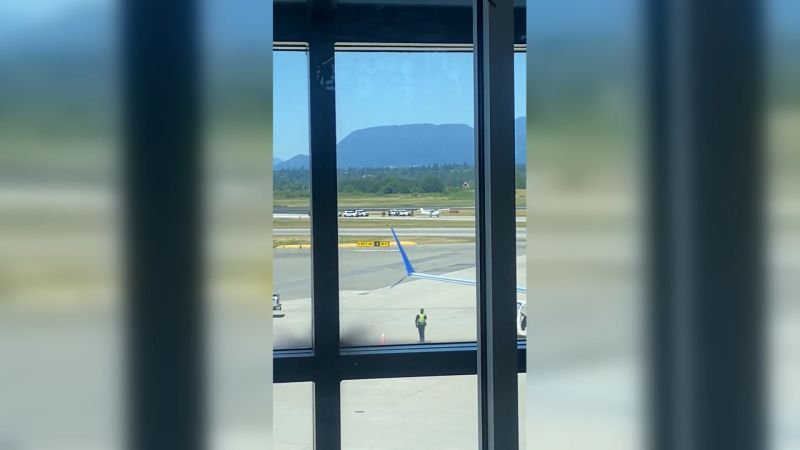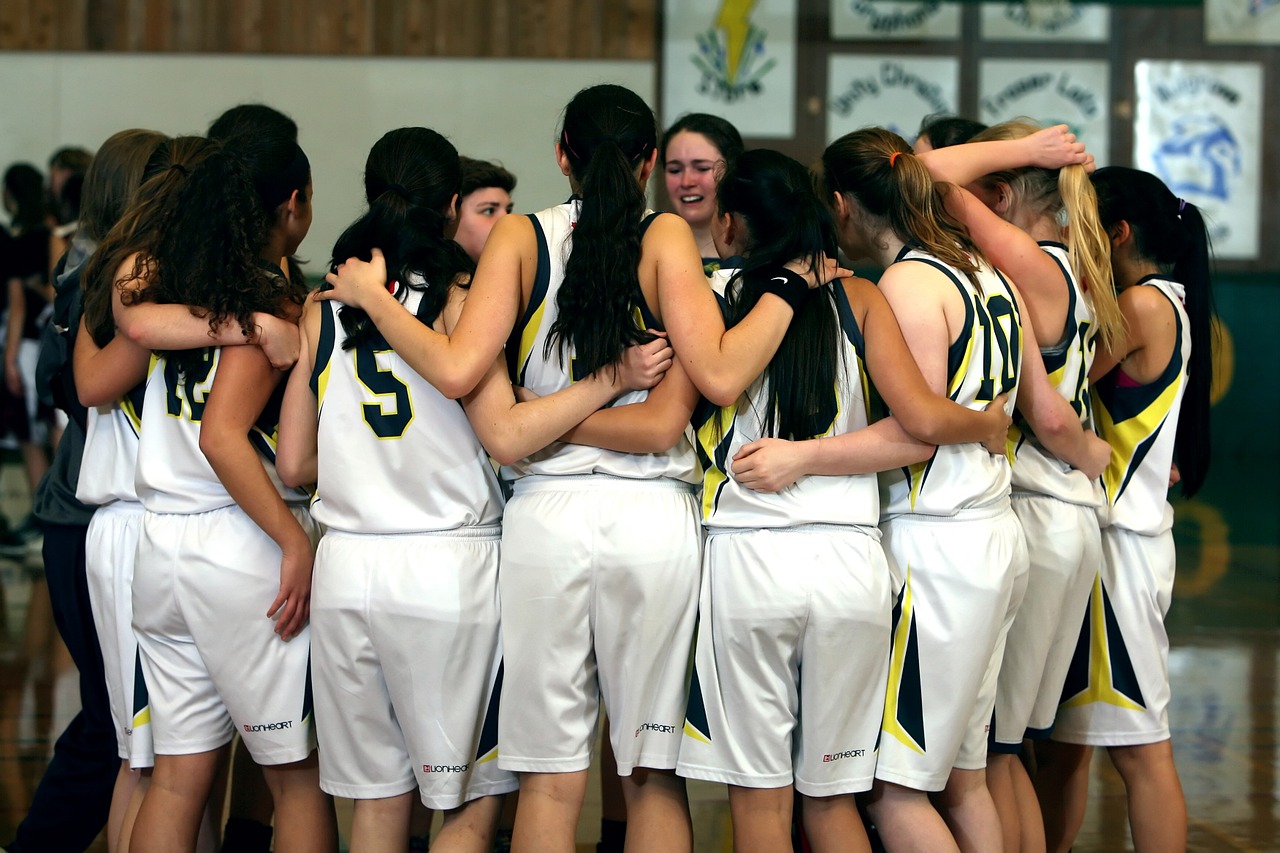United Airlines to Retire Entire Boeing 767 Fleet by 2027

United Airlines has announced plans to retire its entire fleet of Boeing 767-300ER aircraft by December 2027. This decision marks the end of an era for the airline, which has relied on the twin-engine jets for over three decades on transatlantic and transpacific routes. The retirement of the 37 aircraft is part of United’s broader strategy to modernize its fleet and improve operational efficiency, sustainability, and passenger experience.
The Boeing 767-300ER first entered service with United on April 18, 1991. Over the years, it proved to be a versatile workhorse, allowing the airline to serve key international markets from Chicago and San Francisco to destinations across Europe and Asia. While the aircraft played a crucial role in United’s operations, the airline is now shifting its focus to more modern alternatives that align with its sustainability goals.
The Shift Towards Modern Aircraft
United Airlines has been increasingly investing in the Boeing 787 Dreamliner family, which is set to replace both the Boeing 767 and Boeing 777 fleets. The 787 is designed to offer significant improvements in fuel efficiency and passenger comfort. Compared to the aging 767s, the Dreamliner boasts up to a 25% reduction in fuel consumption, which is critical as fuel costs constitute up to 30% of an airline’s operational expenses.
The advancements in technology are significant. The Pratt & Whitney PW4000 engines powering the 767s, once considered cutting-edge, now lag behind modern engines that provide better fuel efficiency. As a result, the operational costs associated with the older aircraft are no longer competitive. United has already placed large orders for the 787, with over 120 units on order or in service, positioning the airline for a more sustainable future.
Passenger Experience and Operational Efficiency
Another key factor in the decision to retire the 767s is the evolving expectations of passengers. Today’s travelers prioritize modern amenities and comfort, which the older aircraft struggle to provide. The 767’s cabin design, with its 2-3-2 economy seating layout, pales in comparison to the 3-3-3 configuration found in the 787, which allows for more spacious seating and greater cabin comfort.
United’s Polaris business class on the 767 features a 1-1-1 configuration, offering direct aisle access but a narrower feel. In contrast, the 787’s Polaris class has a more spacious 1-2-1 layout, enhancing passenger privacy and comfort. Frequent flyers are also likely to appreciate the consistency in product quality across the fleet, ensuring that they receive a premium experience regardless of aircraft type.
The transition to the 787 also simplifies operational processes. United’s decision to standardize on a single pilot type rating for the Dreamliner streamlines crew management and reduces training costs. With a unified approach to operations, the airline can more easily adapt to changing route demands, which enhances overall network reliability.
As United approaches the end of its Boeing 767 era, the airline is focused on delivering improved fuel economy, operational flexibility, and a more satisfying travel experience for its passengers. The transition underscores the airline’s commitment to aligning its operations with contemporary sustainability practices and market demands.
In conclusion, while the Boeing 767 has served United Airlines well, the economic imperatives and evolving passenger expectations have made it clear that the future lies with more modern, efficient aircraft. By phasing out the 767 and integrating the Boeing 787 Dreamliner into its fleet, United Airlines is poised to enhance its operational capabilities and improve customer satisfaction, marking a significant step forward in the airline’s history.






